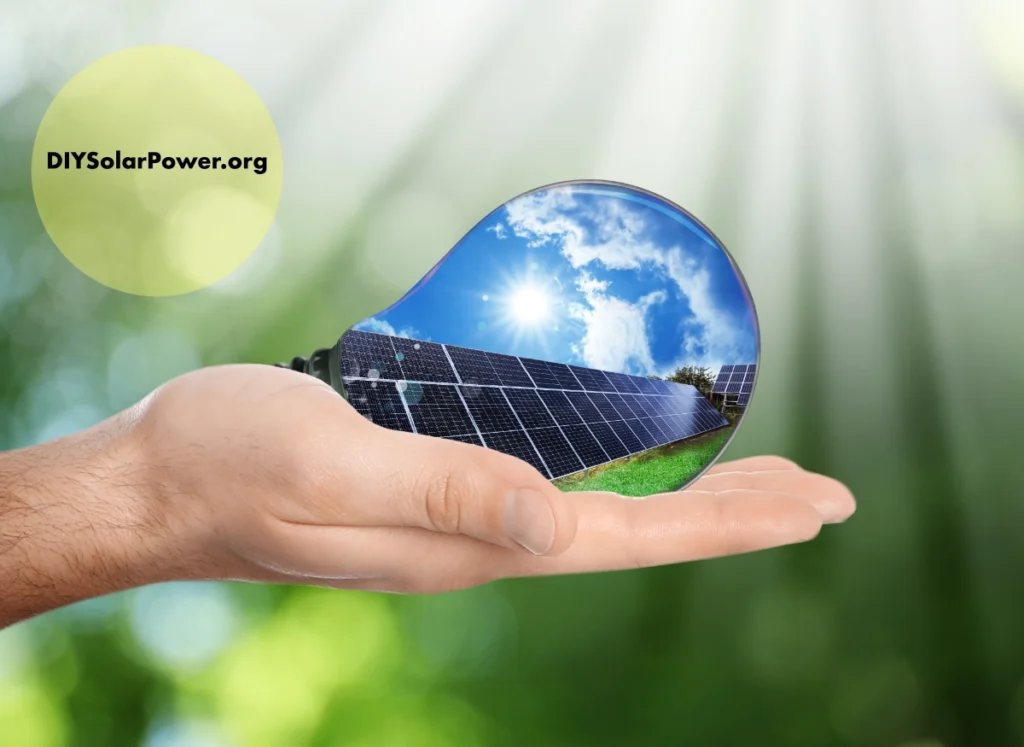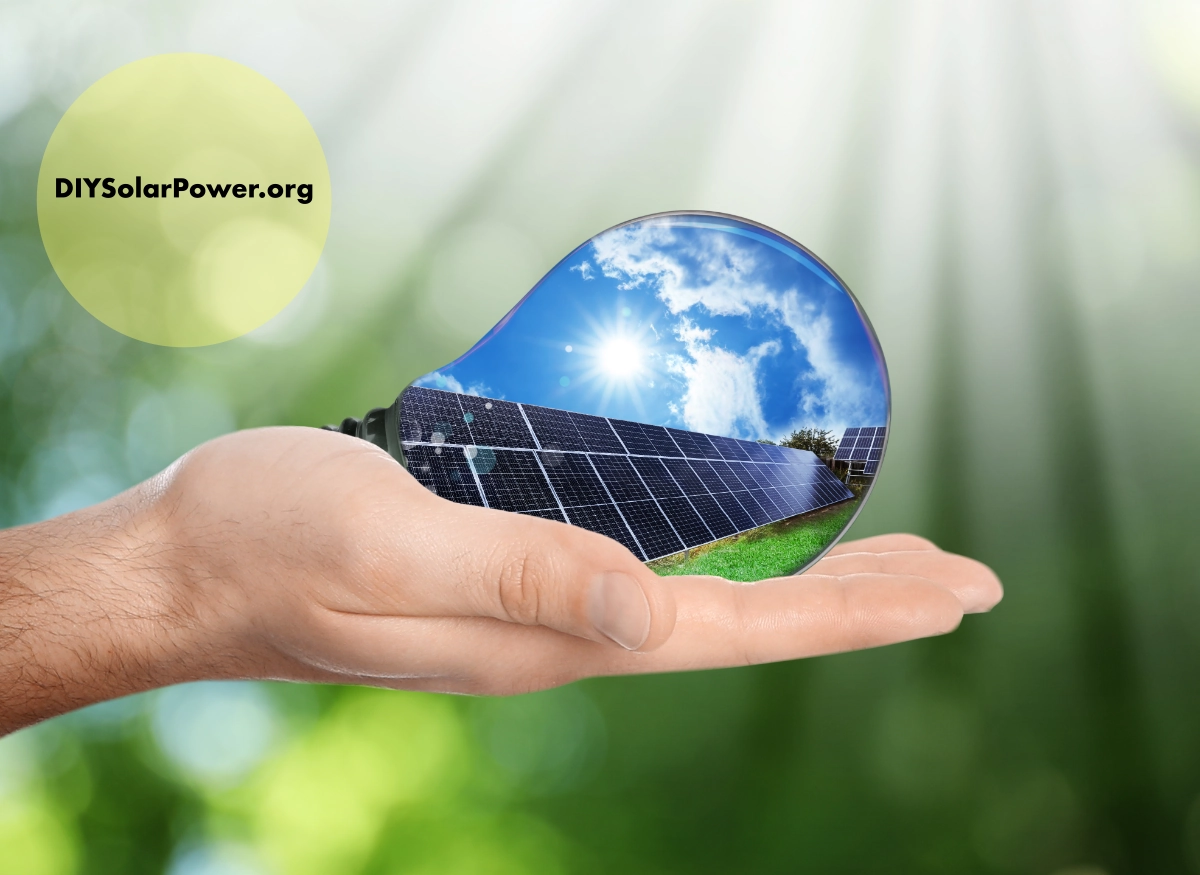Imagine if you could capture a bit of sunlight, store it in a box, and use it to power your gadgets, light up your home, or even run your car. Sounds like a page taken out of a fantasy novel, doesn’t it? Well, that’s essentially what solar cells do, albeit with a little more science and a little less magic. In this blog post, we’ll embark on a journey to uncover how these remarkable devices convert sunlight into electricity, illuminating our world in a sustainable, eco-friendly way. So, strap in, and let’s ride the solar wave with a fun yet professional flair!

The Science Behind the Shine
At the heart of every solar cell, or photovoltaic (PV) cell, if you want to get technical, is a material that can do something pretty extraordinary: convert light into electricity. Most solar cells are made from silicon, a material abundant on Earth and particularly adept at this task. When sunlight hits a solar cell, it’s not just providing warmth and light; it’s delivering packets of energy called photons. These photons then knock electrons loose from their atoms within the silicon. This process is the very first step in the transformation from sunlight to electricity, setting the stage for the electrical magic to happen.
The Flow of Electrons: Creating Electricity
Once the electrons are freed by the photons, we need to get them moving in an orderly fashion – after all, electricity is essentially the flow of electrons. This is where the design of a solar cell shines (pun intended). A solar cell is made up of two layers of silicon, which are treated or ‘doped’ with different materials to create a positive side (p-type) and a negative side (n-type). The junction where these two sides meet is where the action happens. Freed electrons move towards the n-type layer, while holes (yes, electrons leave behind holes!) move towards the p-type layer. This movement creates an electric field at the junction, acting like a miniature electric generator.
From Sun to Socket: The Photovoltaic Effect
The electric field generated at the junction of the two silicon layers pushes electrons towards the front of the solar cell, creating a difference in potential energy, or voltage, across the cell. When we connect a load to the solar cell, such as a battery or the electrical grid, this voltage drives the flow of electrons through the load, generating electricity. This phenomenon, known as the photovoltaic effect, is the cornerstone of solar power technology. It’s a clean, efficient process that directly converts the sun’s energy into usable electric power, with no moving parts, no emissions, and virtually no maintenance required.
Scaling Up: From Cells to Panels to Power Plants
A single solar cell generates only a small amount of electricity. To harness more power, cells are combined into modules or solar panels. These panels can be linked together to form solar arrays, scaling up the capacity to generate electricity according to our needs, from powering a single home to fueling an entire solar power plant. The beauty of solar technology lies in its versatility and scalability, making it suitable for a wide range of applications, from small portable chargers to large utility-scale power generation facilities.
The Road Ahead: Bright and Sunny
As we continue to innovate and improve solar technology, the future looks incredibly bright. Advances in materials science, such as the development of perovskite solar cells, promise even higher efficiencies and lower costs. Furthermore, integrating solar power with smart grid technology, energy storage systems, and electric vehicles opens up exciting possibilities for a sustainable, renewable energy-based future.
The journey from a beam of sunlight to a stream of electrons is a fascinating tale of physics, engineering, and environmental stewardship. Solar cells exemplify human ingenuity’s ability to harness nature’s bounty for the betterment of our planet. As we embrace solar power and other renewable energies, we take significant strides toward a cleaner, greener, and more sustainable world.
Let There Be Light… and Electricity!
In conclusion, the process by which solar cells convert sunlight into electricity is not only a marvel of modern science but also a testament to the potential of renewable energy sources to power our world. By understanding and appreciating the mechanics behind solar power, we can all play a part in supporting and advocating for the adoption of clean energy technologies. So the next time you bask in the sunlight, remember that with a bit of silicon magic, that very light can power the future.
As we look to the skies, let’s not just see the sun as the giver of life and light but as a boundless source of energy waiting to be tapped. The journey of solar cells, from capturing photons to powering our homes and cities, is just the beginning. The road ahead is indeed sunny, and with continued innovation and support, solar power will undoubtedly play a pivotal role in shaping a sustainable future for all.
